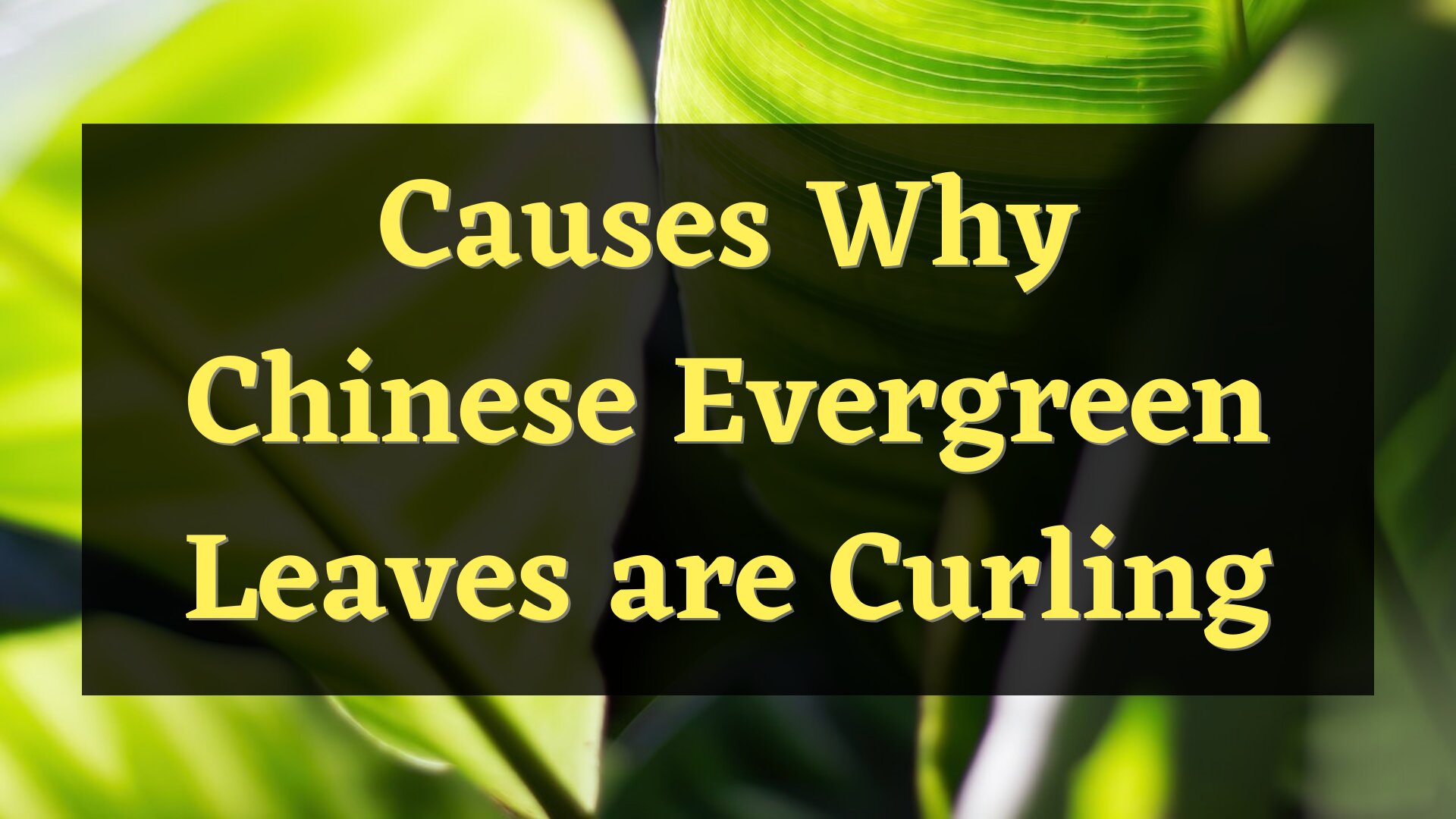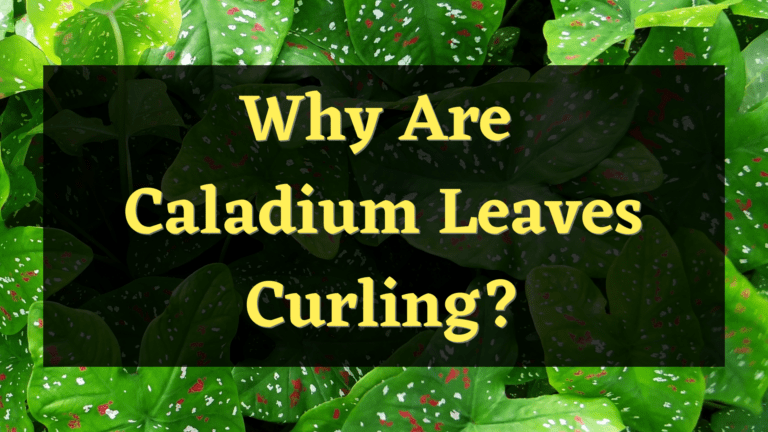Chinese evergreens are very popular tropical houseplants because of their eye-catching and beautifully patterned leaves. However, it is not uncommon for your Chinese Evergreen leaves to start curling. There are many reasons why this happens to your plants. In this post, I’ll examine the reasons why this kind of thing happens and offer solutions to this problem.
5 Reasons why curling of Chinese Evergreen leaves happens?
Chinese evergreens can be easily taken care of especially if they were planted indoors. However, it is not unusual to see their leaves begin to curl. Surprisingly, there are a lot of different potential causes. Here are some of the most common causes of curling Chinese evergreen leaves:
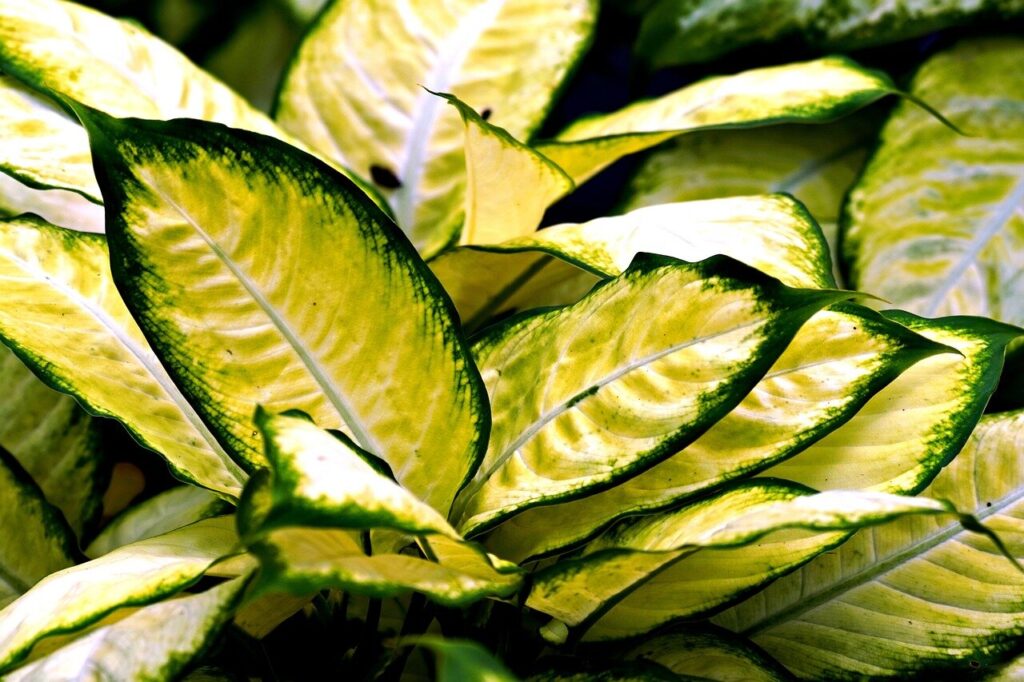
Overwatering
Chinese evergreens are frequently overwatered. Curled leaves are among the less severe symptoms; leaf loss and yellowing are the typical early signs or indications of your plant being overwatered. If not prevented, it will result in your plant’s roots decaying or, worse, dying. Given that overwatering and underwatering have similar signs and effects, it can be challenging to determine which is the problem. However, overwatering is the more frequent problem that occurs.
Chinese evergreens prefer dry soil to one that is frequently wet. The plant’s roots drown in soil that is left to be too wet; therefore, they require a medium that drains effectively while keeping it slightly damp. Before rewatering, allow the mixture’s top inch or so to dry out. Instead of watering on a timetable, you can check the dampness of the soil with your finger to decide when to water your plant.
Humidity
Even though Chinese evergreens can withstand ordinary humidity, their leaves can curl in persistently dry air. Additionally, growth may stall and the leaves may droop. Chinese evergreens often do not require a humidifier, but increased humidity can benefit them.
Consider taking measures to increase humidity during the cold months since artificial heat tends to force moisture out of the air. You can slightly raise the relative humidity in the area by grouping plants together or placing water-filled trays close to your Chinese evergreen.
Temperature
Chinese evergreens are tropical plants that love warm weather. They are easily stressed by temperature extremes, which result in the curling of Chinese Evergreen leaves and black patches on them. The damage will become evident after a week or so. It is ideal to keep the temperature between 70 and 80 °F because even a slight drop in temperature can spur the plant’s growth.
Even a momentary chill can harm your Chinese evergreens, as can drafts that are often too hot or cold. Once temperatures go below 60 °F, the plant is effectively in danger. Fresh leaves are slightly more tolerant of the cold than older leaves.
Light
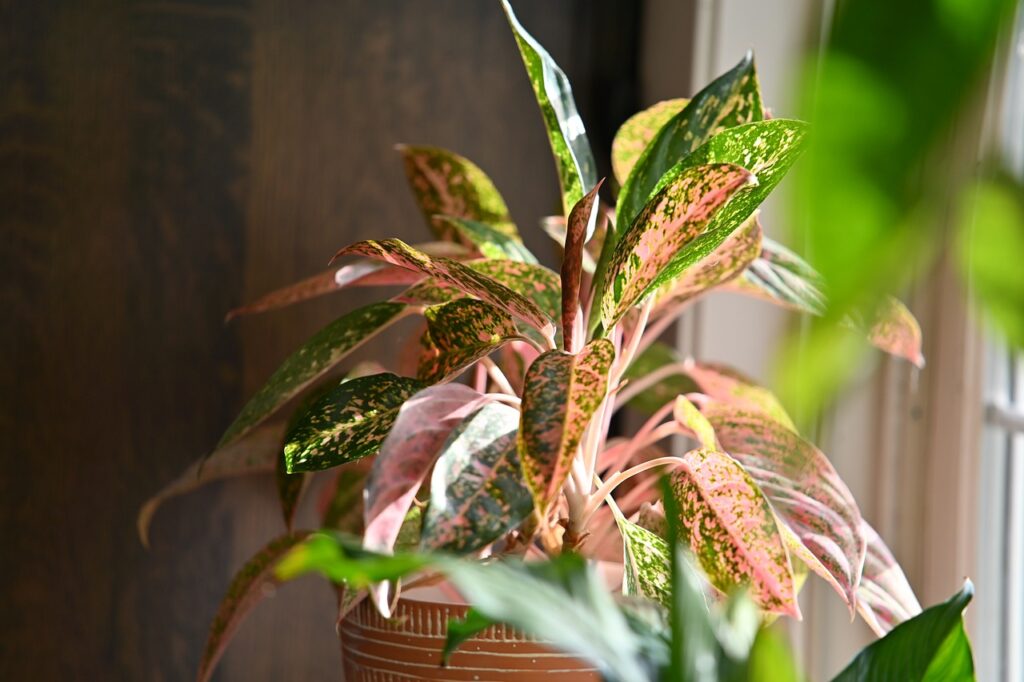
One of the many advantages of Chinese evergreens is their ability to grow even in low-light conditions; excessive lighting is one of the most common causes of their problems. In direct sunlight, Chinese evergreens’ sensitive leaves will be scorched and eventually curl. The plant also does well with artificial lights like fluorescent bulbs.
Overfertilization
Chinese evergreens do not require a lot of food. In general, if their soil has enough nutrients, they will be able to thrive without needing additional fertilizer. Overfeeding is frequently the cause of nutrition-related issues since excess amounts of nutritional salts can poison the soil and harm the plant’s roots. Chinese evergreen leaves may curl as a result and turn brown because the roots are failing to supply the plant with the nutrients that it requires.
Disease
Chinese evergreens can contract bacterial or viral infections, but moist circumstances also favor the growth of fungi that can cause diseases such as leaf curling and wilting. Although they may appear serious, fungus infections frequently have a positive prognosis since dry weather or just keeping the water away from the leaves can stop the disease.
Tips to prevent the leaves of Chinese Evergreen from curling
- If you think that your Chinese evergreen is overwatered, remove the pot and look for rotting roots. Diseased roots are dark, mushy, and putrid-smelling; healthy roots are pale, solid, and have an earthy aroma. Trim away any troublesome areas and apply new, dry soil in their place. The soil will dry more quickly if there is good airflow. Reduce watering over the winter! Although they don’t hibernate, many plants do slow down.
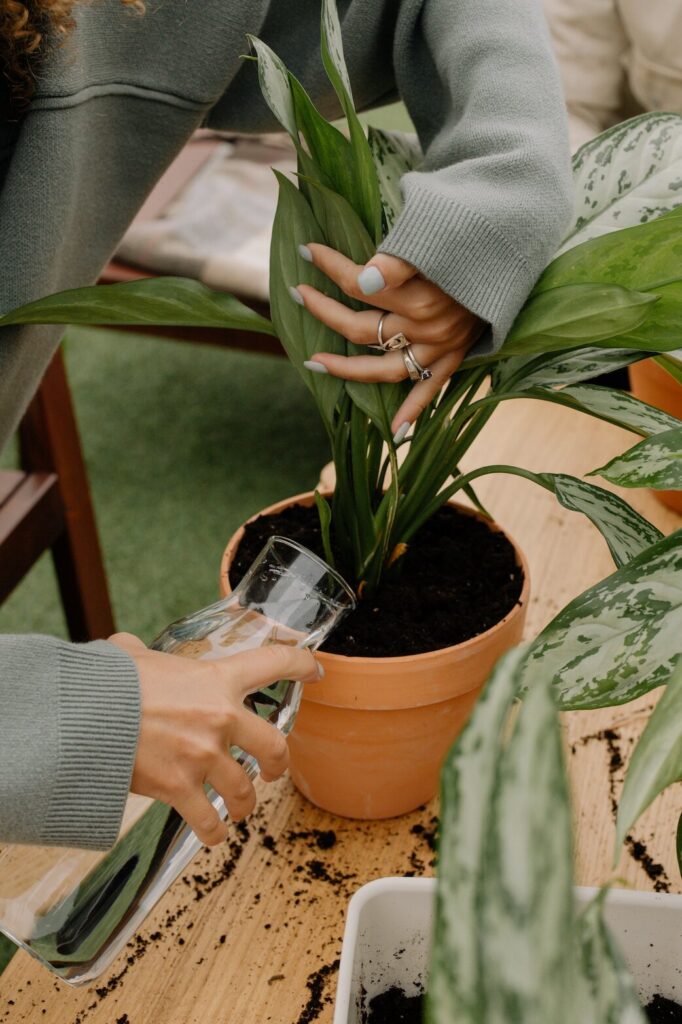
- Naturally, the problem will be resolved by raising the humidity levels in the plant. And even the leaves that haven’t completely dried out have a high chance of recovering. To be sure, there are a lot of things to think about before artificially increasing the humidity levels.
- If your climate is on the chilly side, you can try the following hybrids of Chinese evergreens that were specially bred for cold resistance, such as Emerald Star, Jewel of India, and Stars.
- Moving your Chinese evergreens to a sunny spot out of direct sunlight is the best way to prevent your plant’s leaves from curling. Once you fix the lighting, you won’t get the burned leaves back but will see a new set of leaves growing.
- If you really want to apply fertilizer to your Chinese evergreen plants, try to reduce the fertilizer’s strength to half or a fourth of what is recommended on the label. During the growing season, only apply once or twice. During the cool months, it is best to avoid fertilizing at all. Although organic fertilizers are secure, inorganic solutions can also be safe. To prevent a rush of chemicals into the plants, water them first before applying fertilizer.
- Remove and properly dispose of any contaminated leaves while isolating the plant to prevent further contamination. Observe how the plant is not under any stress as it battles its illness. There are many fungicides that can be used for treatments, but they also do not guarantee success. The best course of action is to just maintain the health of your plant because almost all diseases are opportunistic.
Conclusion
While the leaves of a Chinese evergreen might occasionally wave, sudden curling is typically a negative sign. The only good news is that if you spend some time observing your plant and treating any issues that you notice, it can eventually prevent Chinese leaves from curling.

Elizabeth Mcmillan is a passionate gardener with a strong interest in plants. She used to be a teacher, but Elizabeth has spent the last few years immersing herself in the world of plants, learning about their biology and cultural value and trying out different ways of growing them in her own garden. Elizabeth Mcmillan loves indoor plants, succulents, and cacti, and her friends and family know her as a plant care expert.

